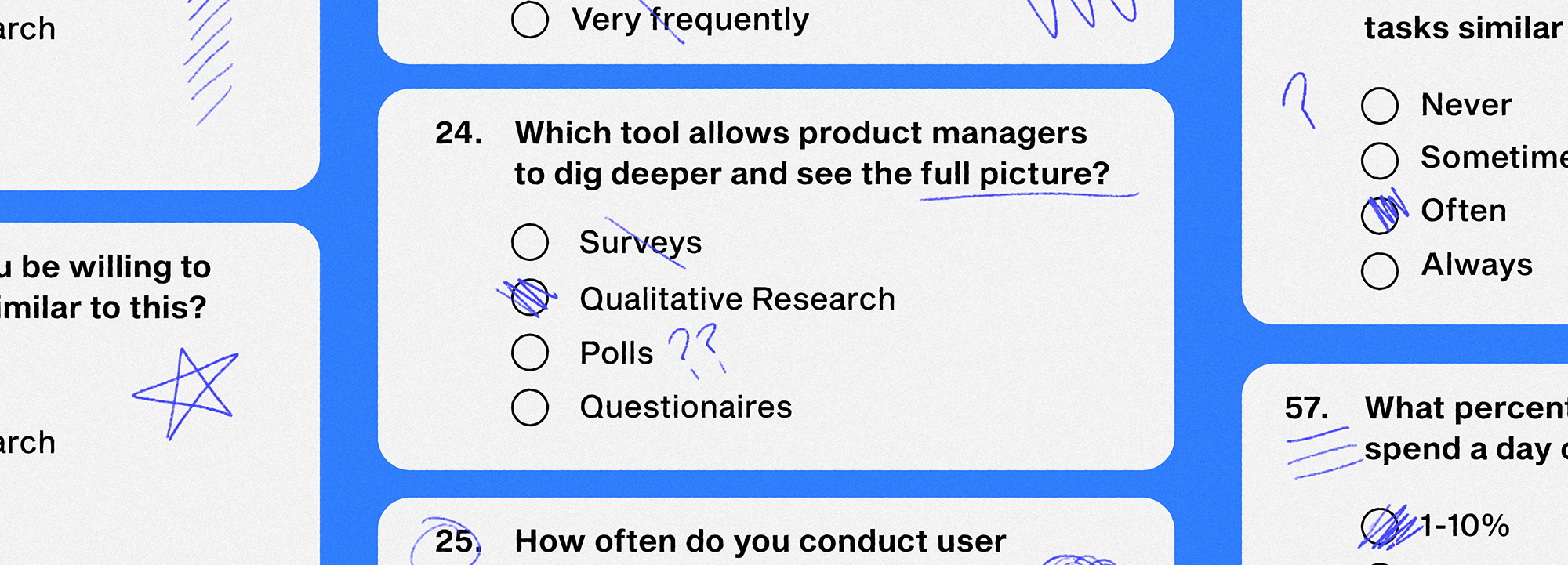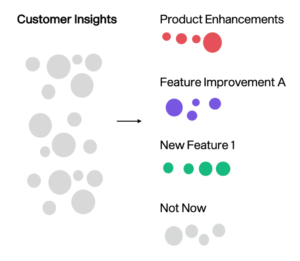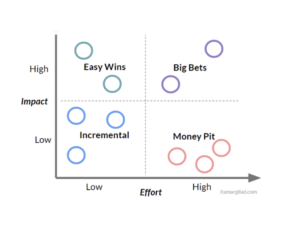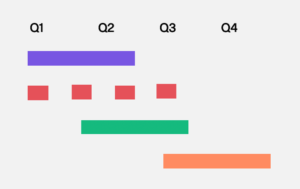
Part Two: Once You’ve Conducted Qualitative Research, What Should You Do With It?
This is part two of a two-part series on how to use qualitative research to improve your product management skills. Read part one to learn the unique benefits of qualitative research.
In the previous article we dove into why you should conduct qualitative research to truly get to know your users. But once you’ve collected the data, what should you do with it? Qualitative research can be valuable, but you have to know how to make sense of it. The insights are not black and white like quantitative data; it requires a product manager’s differentiate between what is valuable, and what could be a distraction.
Once you’ve gathered qualitative data through open-ended interview questions, observation, and survey follow ups, here’s what you should do next.
1. Walk away
Yes, really. Resist the urge to “solutionize” with customers in the moment, and instead pause before reacting. By walking away, you can be sure you won’t overweight the vocal minority, and you can be sure to bring an objective eye to identify the root cause of the feedback. Finally, as we always say, be careful not to reward the squeaky wheel; they can drive you into a ditch.
2. Try to pull out high level themes
Once you’re ready to comb through the insights, your first step is to get organized. Examine the customer insights you’ve gathered as a whole to identify common themes across users. By identifying and organizing these consistent threads that run throughout multiple users, it can help to weight the improvements and more easily identify the most impactful features and enhancements for the greatest number of users.

While doing this, it is important to remember that not now doesn’t mean never; it is just important to identify the themes that most closely align with your goals. And throughout this process it is important to not rush to a band-aid solution; users have survived until now without that feature or enhancement, so be sure to do it right.
3. Organize your themes
Once you’ve identified the common themes across multiple qualitative research conversations, your next step is to organize those themes based on effort and impact. Qualify the feedback into incremental improvement (low impact, low effort), easy wins (high impact, low effort), big bets (high impact, high effort), and money pit (low impact, high effort).
 This will be a crucial step to help you line up the themes next to your budget, timeline, and other priorities. And one extra tip: Incremental improvements are often valued more than the next big thing.
This will be a crucial step to help you line up the themes next to your budget, timeline, and other priorities. And one extra tip: Incremental improvements are often valued more than the next big thing.
4. Prioritize and plan ahead
Once you’ve grouped your qualitative research insights into common themes and their relative effort and impact, use your roadmap to map these themes over time. To be sure that you’re not reacting to the “squeakiest wheel,” establish goals beforehand and plot the themes based on the outcomes of the work. That will make it much simpler to prioritize, and will allow for the flexibility to handle feedback on an ongoing basis.

By putting the themes you heard from research into a roadmap, you can share the vision with the rest of your team, know where the money is being spent, use it as a tool to debate tradeoffs, and create excitement throughout your team.
The ambiguity or vastness of qualitative research can be intimidating, but these four steps help researchers organize, prioritize, and evangelize the research insights. As long as qualitative research is filtered through a holistic view and prioritized based on company goals, it can become a product manager’s tool to understand users and better serve their needs.



